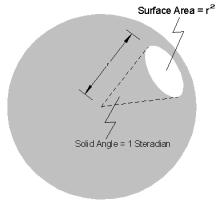
The study and use of SI Units is fundamental to all subjects within Engineering and the Physical Sciences. The International System of Units has it’s origins in the late 17th century, however, it is now recognised worldwide as the standard on which all Science and Engineering are based.
This revision tool, developed by members of the Autonomous Systems Lab at the University of Southampton, allows the learner to practice the application, use and combination of 52 of the most frequently used SI Units. A useful pocket-sized reference to all seven SI Base Units, 22 Derived Units and 23 Other Units, this product seeks to educate and demystify this complicated and heavily rule-based system. Designed for use by Engineering and Physical Sciences students at all educational levels from School, College to University degree and beyond.
Available from:
http://www.amazon.co.uk/S-I-Units-revision-Playing-Cards/dp/1874289220
Cost: £6.99 each for Edition 2 (January 2014) (volume discounts available upon request).
An example of a rarely understood derived unit is the steradian (symbol: sr). This is the SI unit of solid angle. It is used to describe two-dimensional angular spans in three-dimensional space, analogous to the way in which the radian describes angles in a 2D plane. The name is derived from the Greek stereos for “solid” and the Latin radius for “ray, beam”.
So you think that you know the International System of Units; then try this free online test of only 29 units:
http://www.sporcle.com/games/si_units.php
If you score less than 70%, you really should buy a pack of our SI (Revision) cards.

